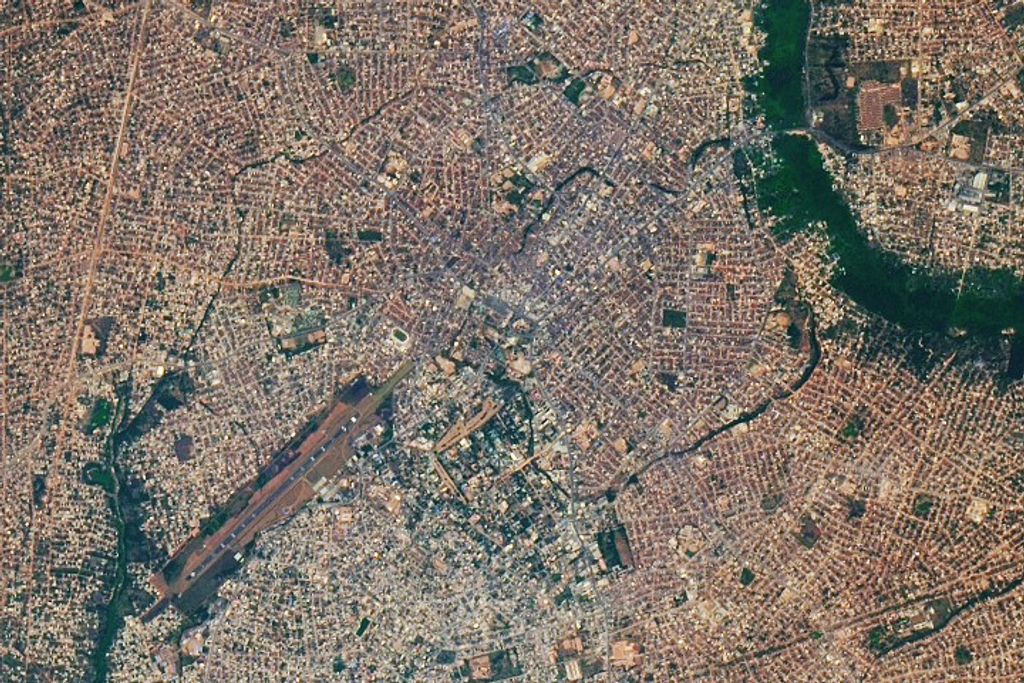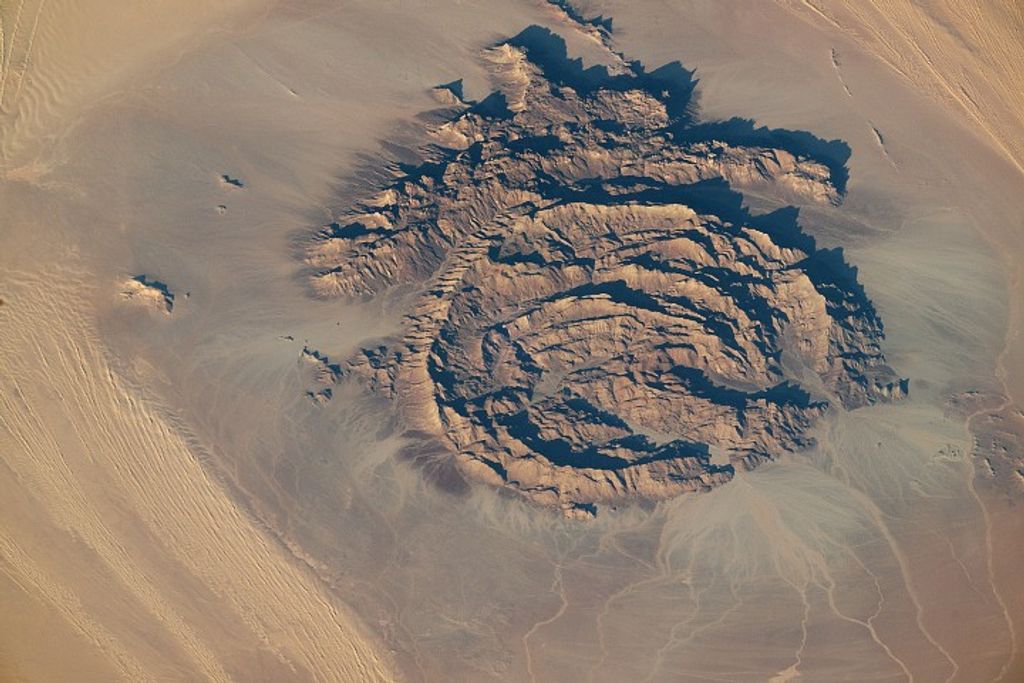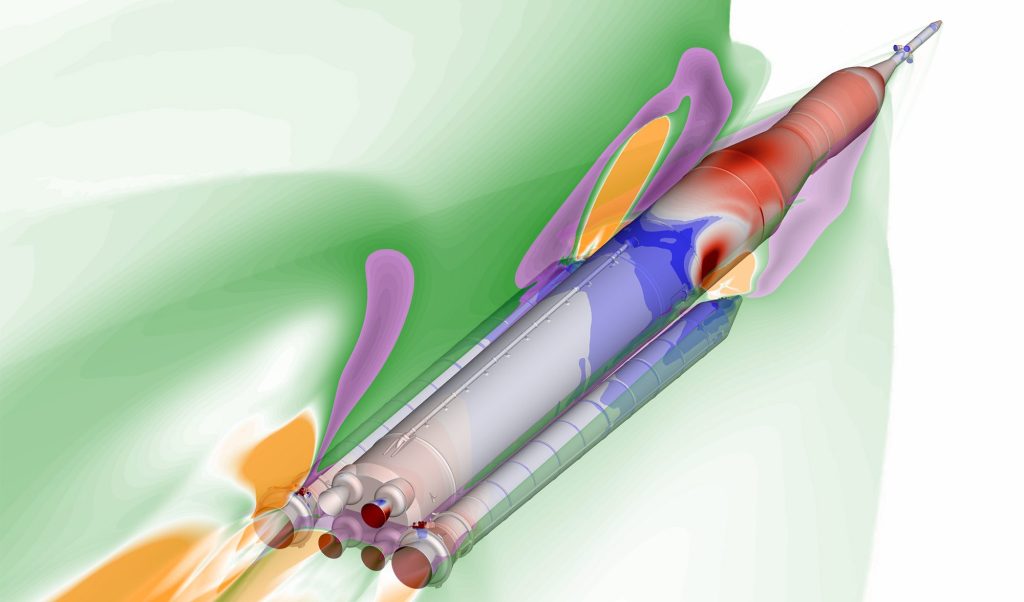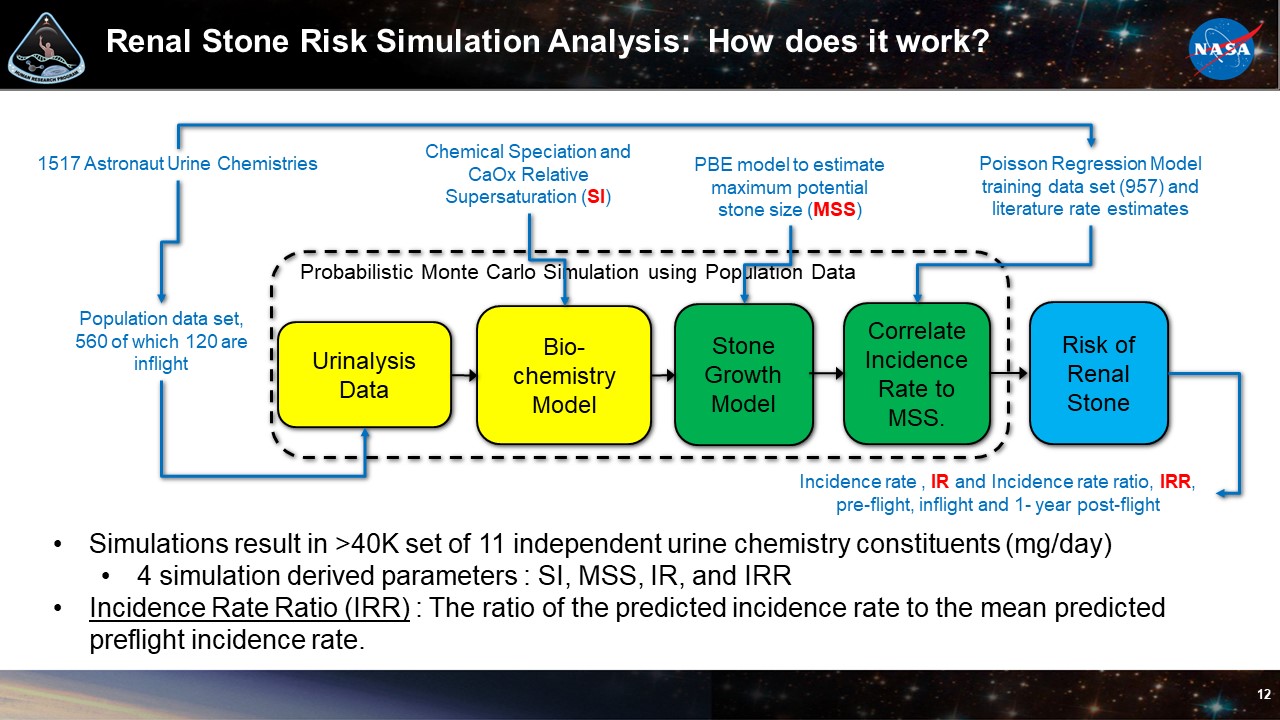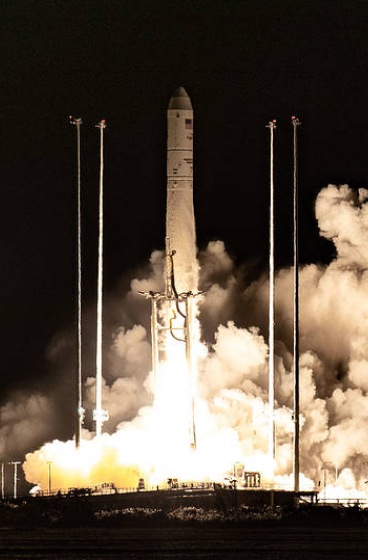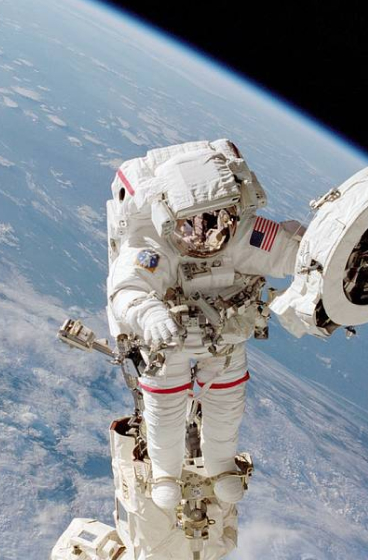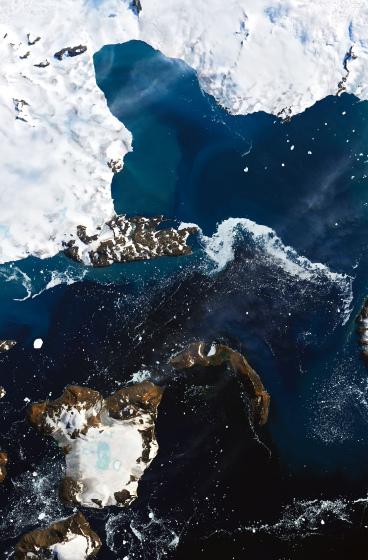Renal Stone Incidence Rate Quantification
The Challenge
Renal stones are small rock-like deposits of calcium oxalate crystals and other minerals that form in the kidneys or urinary tract. Astronauts are at an increased risk of developing a renal stone due to an increase in bone demineralization during long-duration spaceflight exploration and when exposed to reduced gravity. As bone loss occurs, the body releases excess calcium into the excretory system which may lead to an increase in the risk of renal stones. Combined with a decrease in hydration or limited diet, this could result in a serious health risk to the astronauts. An un-treated kidney stone on a long-duration mission could lead to severe pain, dysuria, nausea, or could possibly require crew evacuation and return to Earth.
The Research
The risk of formation of a renal stone during spaceflight is largely mitigated through the following:
- Pre-flight screening
- Preventative countermeasures like exercise, increasing fluid intake, and dietary recommendations
The Computational Modeling Project has developed a computational model to help quantify how available drinking water changes the risk of renal stones during missions and post-flight and to assess the effectiveness of individual and combined countermeasures.
The Progress
The Computational Modeling Project team has developed a computational biochemistry model representing CaOx crystal precipitation, growth, and agglomeration is combined with a probabilistic analysis to predict the in- and post-flight CaOx renal stone incidence risk ratio (IRR) relative to pre-flight values using astronaut 24-hour urine chemistries. Using a Monte Carlo sampling process, the model processes 1000s of random unique urine chemistries through a biochemistry model, the population balance equation renal stone growth model, and the Poisson regression to calculate the incidence rate of CaOx renal stones per person per year.
Based on this data, our simulations predict that increasing fluid-intake alone would reduce the overall risk of renal stone formation. However, if you were to combine increased fluid-intake with an additional countermeasure like exercising or a dietary supplement of Bisphosphonate, the fluid-intake could be adjusted to a lower amount and still be an effective countermeasure. This type of quantitative risk assessment can help inform the critical balance between engineering system constraints and astronaut health requirements, and act as evidence for updates to the NASA Space Flight Human System Standards [NASA-STD-3001 Volume 2 (6.3.2.1 Drinking Water Quantity)].
Technical Data
Prediction of renal crystalline size distributions in space using a PBE analytic model








